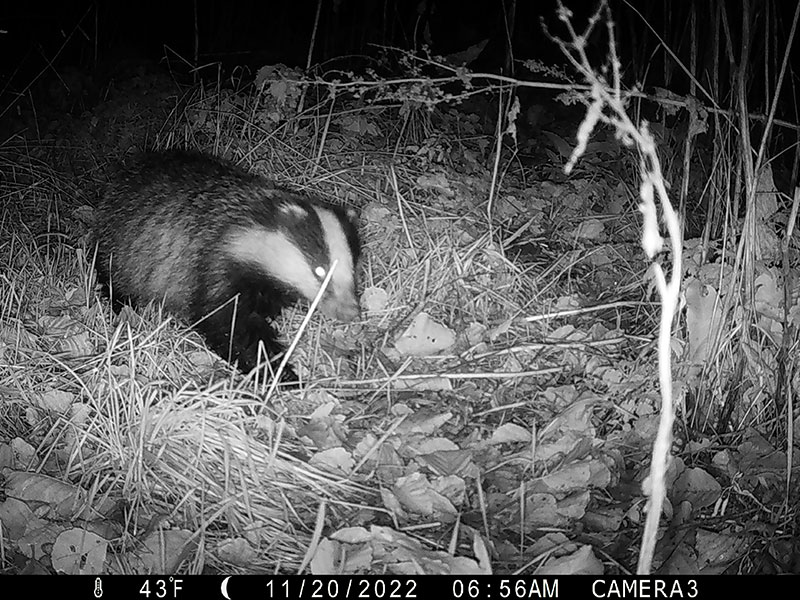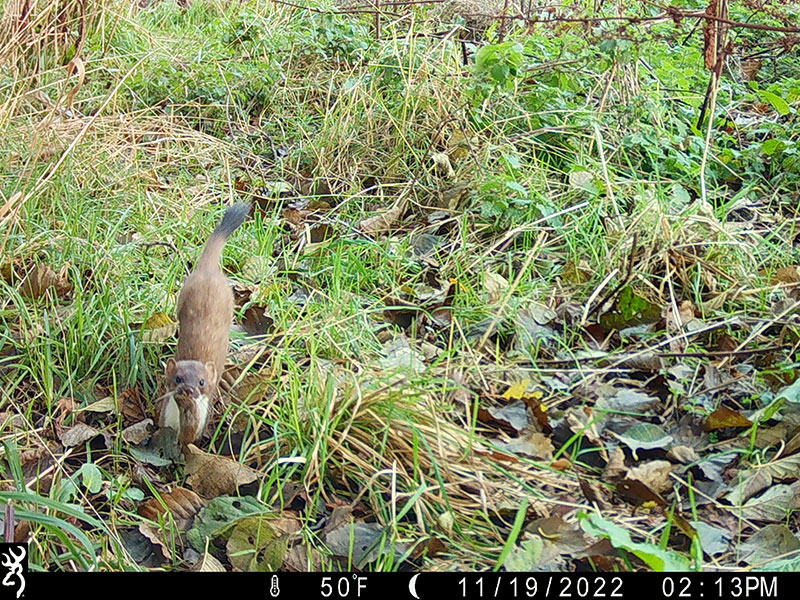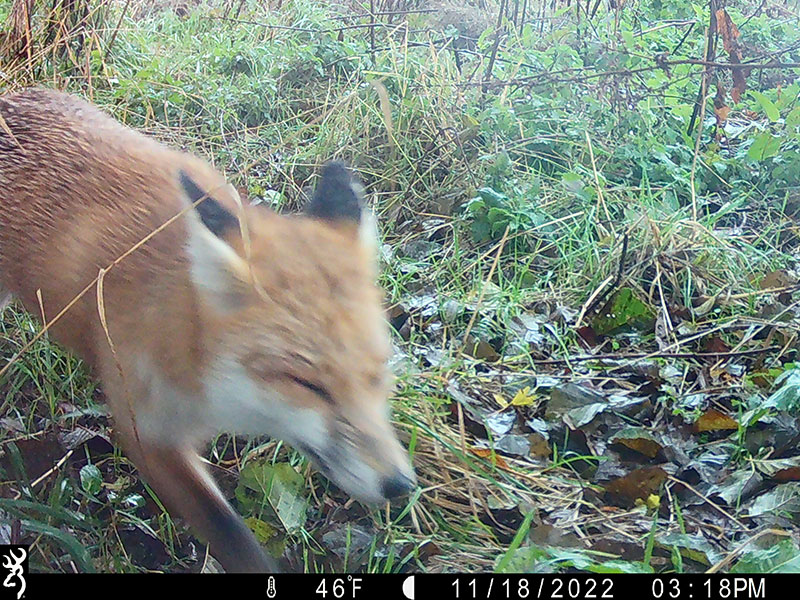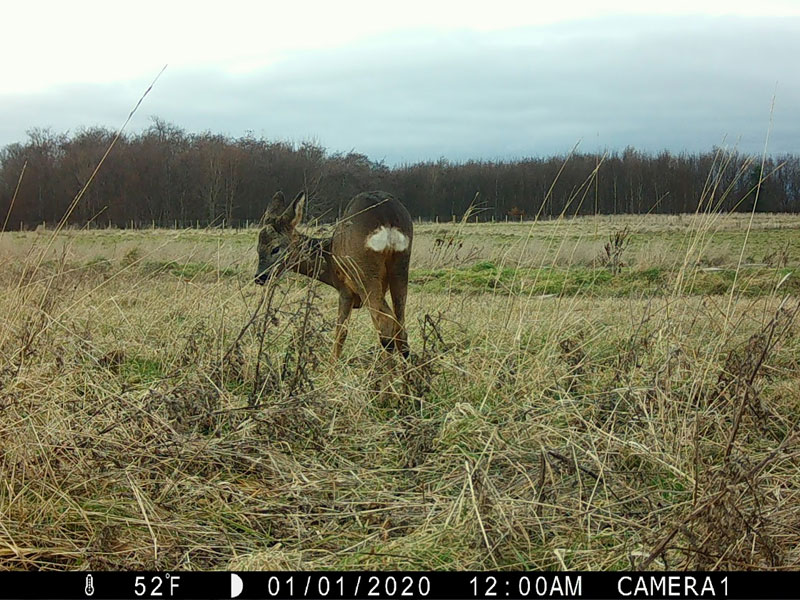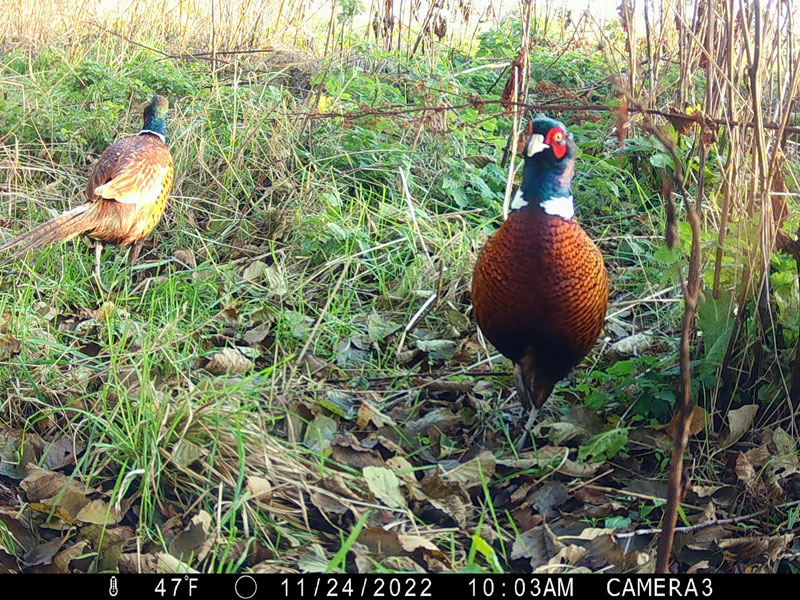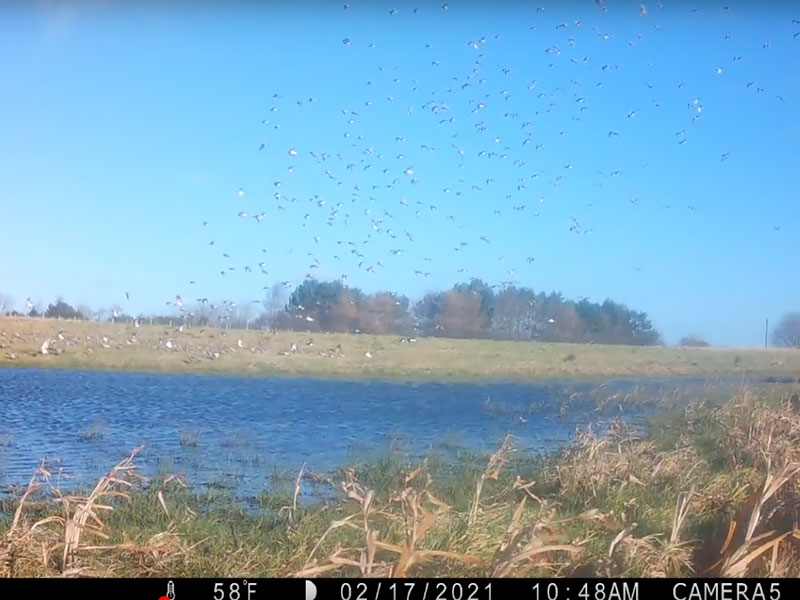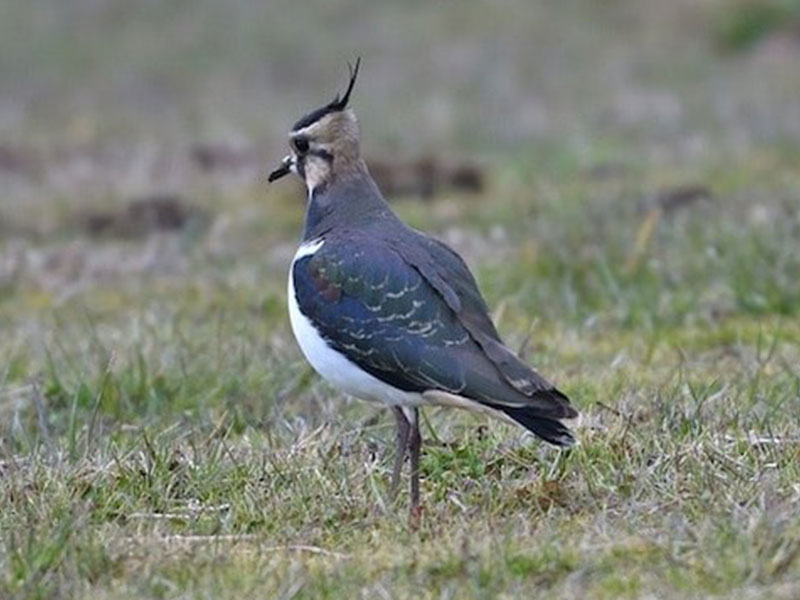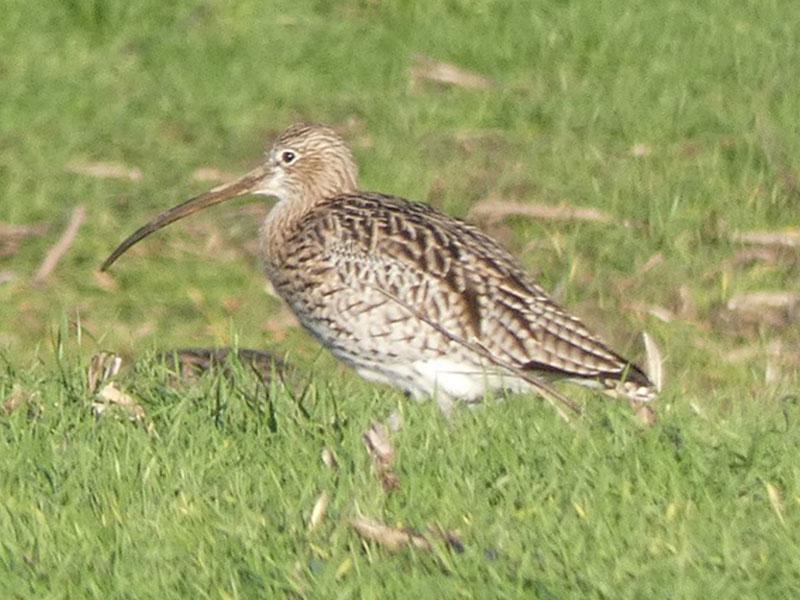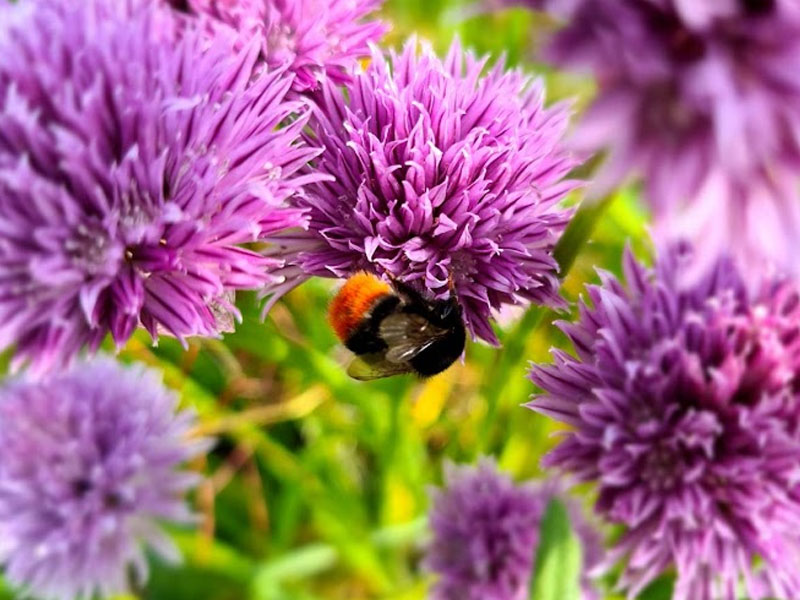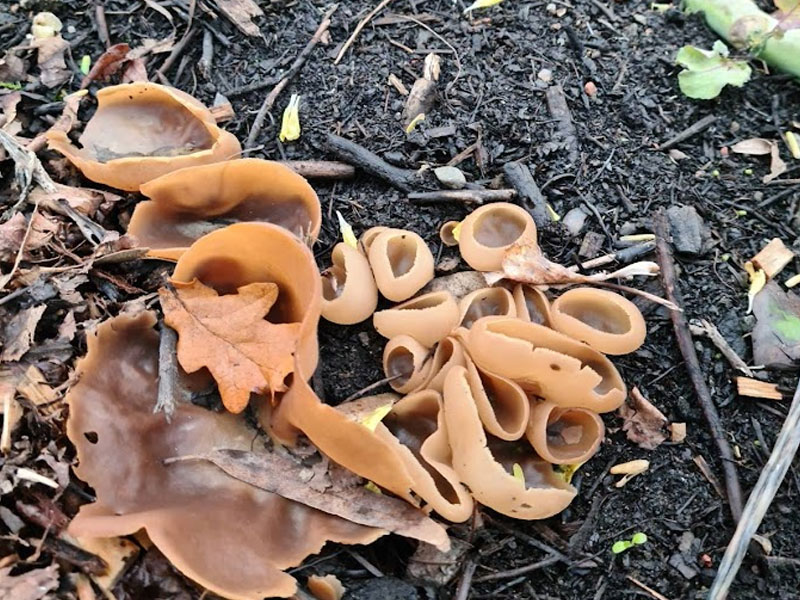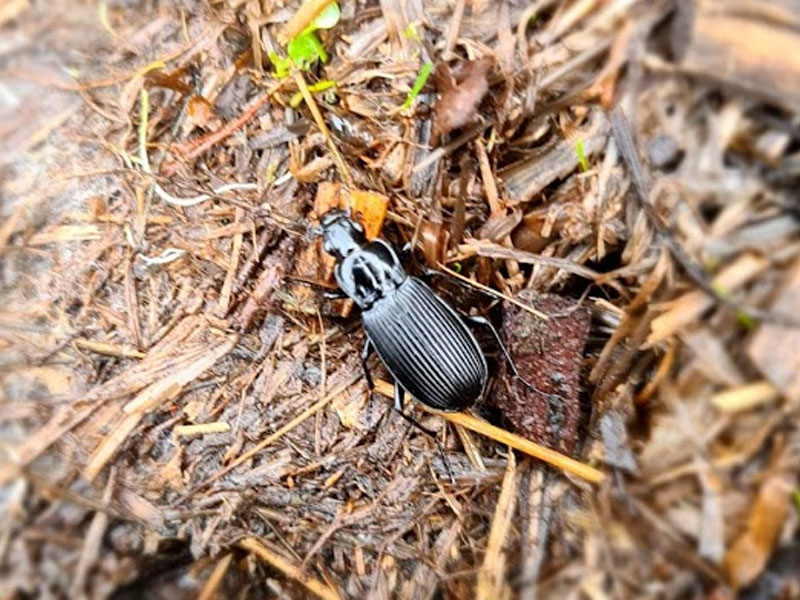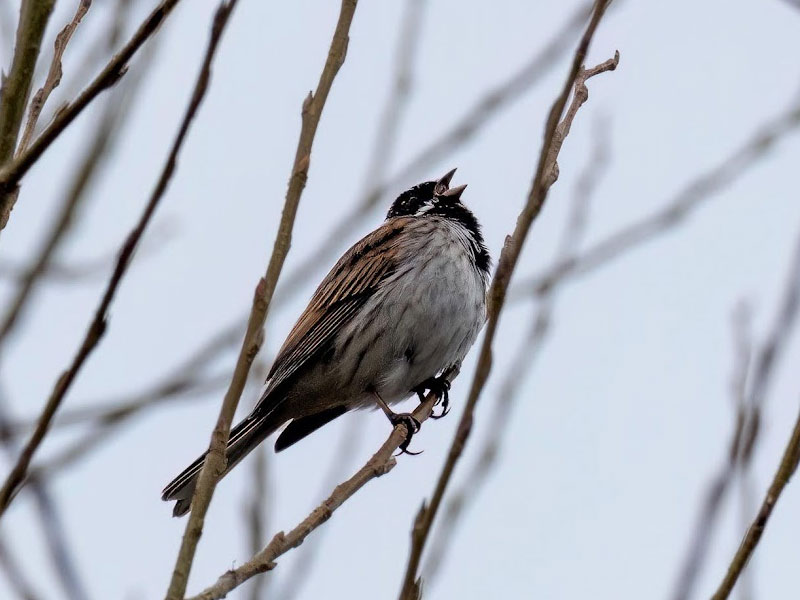Wildlife & Biodiversity

We are bringing back lost habitats and nature-friendly farming. For decades, Lauriston Farm was a sheep farm. There was one area of open water in the north field, and a single line of hawthorn trees in a sea of agricultural grassland. Although it looked nice and green, it was a very limited and depleted habitat for wildlife. But it did support coastal birds, including endangered curlew, lapwing and geese.
These birds almost disappeared when the sheep came off the land in 2020, and walkers and dogs began using the fields. In late 2022 we put up new fencing to protect an area for them. They will only return and thrive if everyone who visits stays out of this fenced area.
Wildlife Webcams
Our wildlife webcams give a glimpse of some of the wildlife you can find on the farm. Over the last few months we have installed cameras around the farm to record wildlife activity. We have regular footage of badgers, foxes and roe deer. The cameras have picked up a whole range of birds, including the nocturnal woodcock and a male stonechat as well as heron, curlew, great tit, blue tit, robin, blackbird, song thrush, wren and field fare. The recordings also prove that un-managed field margins are so important for small mammals such as wood mice, short tailed field voles and brown rats, and we have some great video footage of these species going about their business.
As part of the Edinburgh Nature Network and with NatureScot Restoration Funding we have been able to create a diverse network of habitats throughout the farm. We have established one kilometre of mixed native hedgerow, a 1.5 hectare mixed native broadleaf woodland, a series of amphibian ponds, a wildflower meadow, some smaller features including bee banks and thickets of scrub and planted hundreds of wildflowers grown at the Granton Hub Wildflower Nursery.
Beneath Our Feet

Due to its location and environmental history the land at Lauriston Farm is Class 2 – Land capable of producing a wide range of crops.
Although the soil has been ploughed for hundreds of years, there has never been development on the land. This means we have a hugely important inheritance of soil biology and stored carbon.
We are adopting the principles of the Soil Food Web, which aims to restore the complex interactions between soil, fungi, microrganisms and invertebrates.
Land management plays a major role in soil carbon storage. Practices including minimal or no soil disturbance, incorporation of crop residues, crop rotations, organic manures, catch crops and minimising areas of bare ground. This all contributes to good carbon management and biodiversity enhancement.
Just imagine a future landscape with thick hedgerows full of birdsong, curlews, redshank and lapwing back in the north fields and skylarks and snipe nesting and raising their chicks in the tussocky grassland, alongside rich, flower-filled meadows and field margins with dancing bees and butterflies.
Future generations could be wandering along footpaths that wind through woodland of oak, hazel, rowan and wild cherry, past waters with thriving frog, toad and newt population, and fields that are home to small mammals that attract kestrels, buzzards and owls to feed…
Wildlife Monitoring

We aim to monitor a number of groups including pollinators, breeding birds, wintering birds, small mammals, bats, terrestrial invertebrates, wildflowers, plus soil biology and structural change, with fixed point photography.
We have four yearly bird census walks in the spring/summer with spaces for volunteers, and other opportunities to get involved throughout the year.
Please also share your sightings and photos of wildlife or plantlife on the farm using iNaturalist
We welcome proposals for biodiversity monitoring and research at the farm. If you are interested in doing a monitoring project at the farm please get in touch using the contact form.
The film below, by Dr Hannah Rudman from Scotland’s Rural College, gives a deeper dive into how and why we collect data on wildlife and biodiversity, and how that relates to the rest of the farm’s work…

